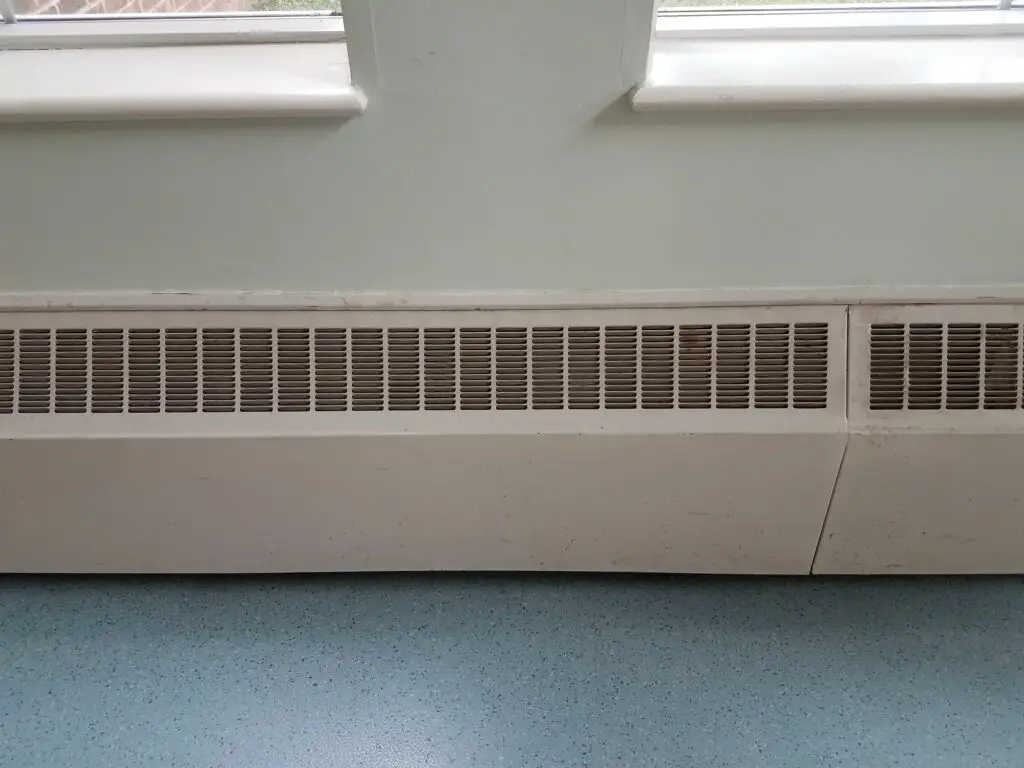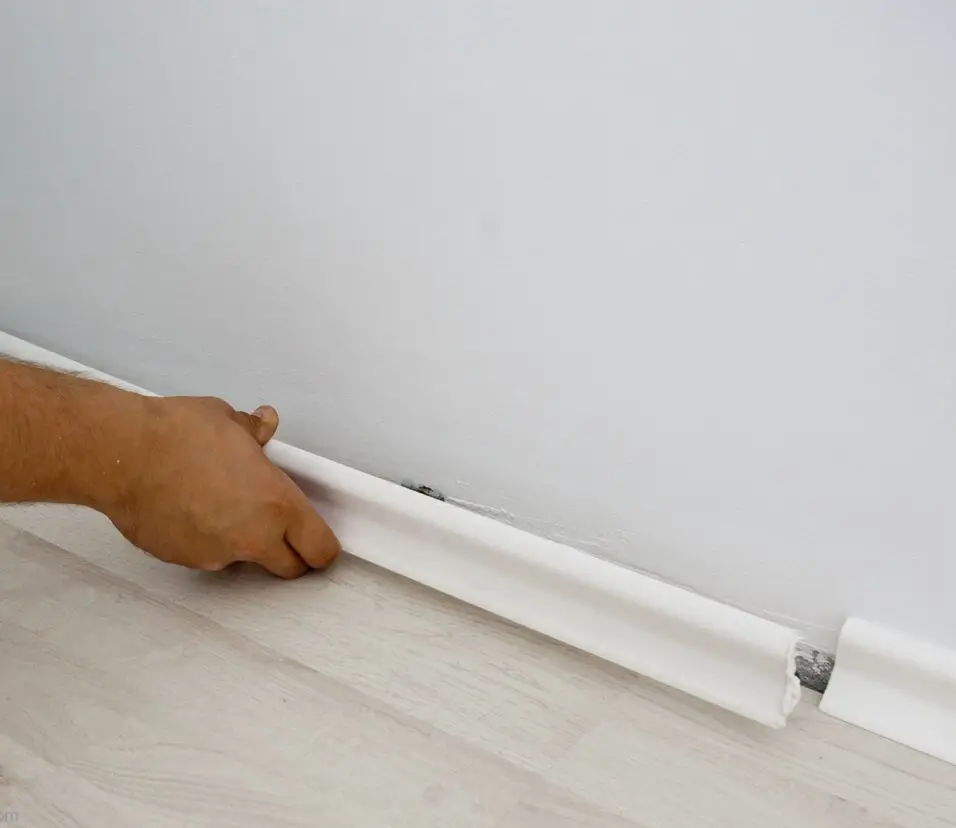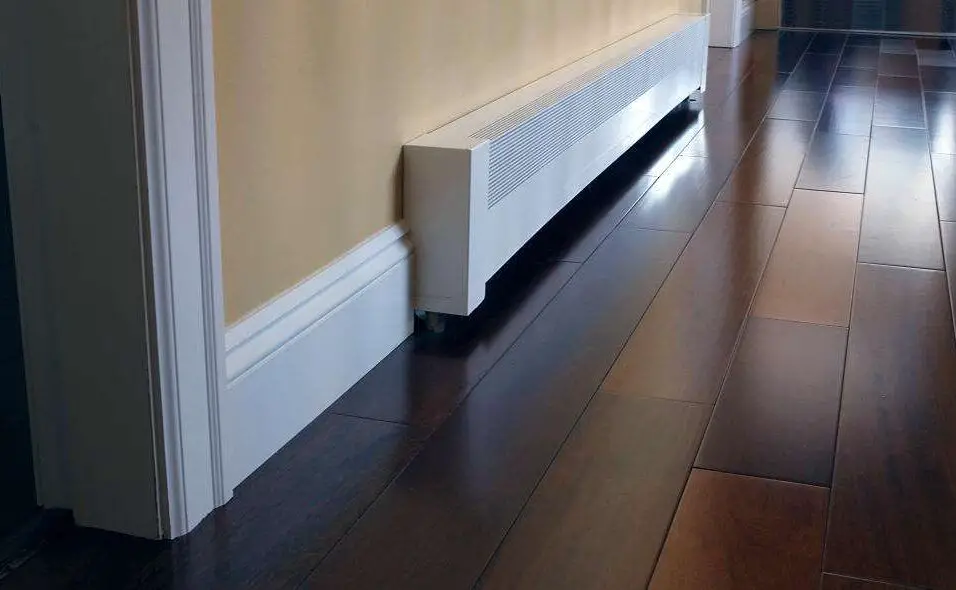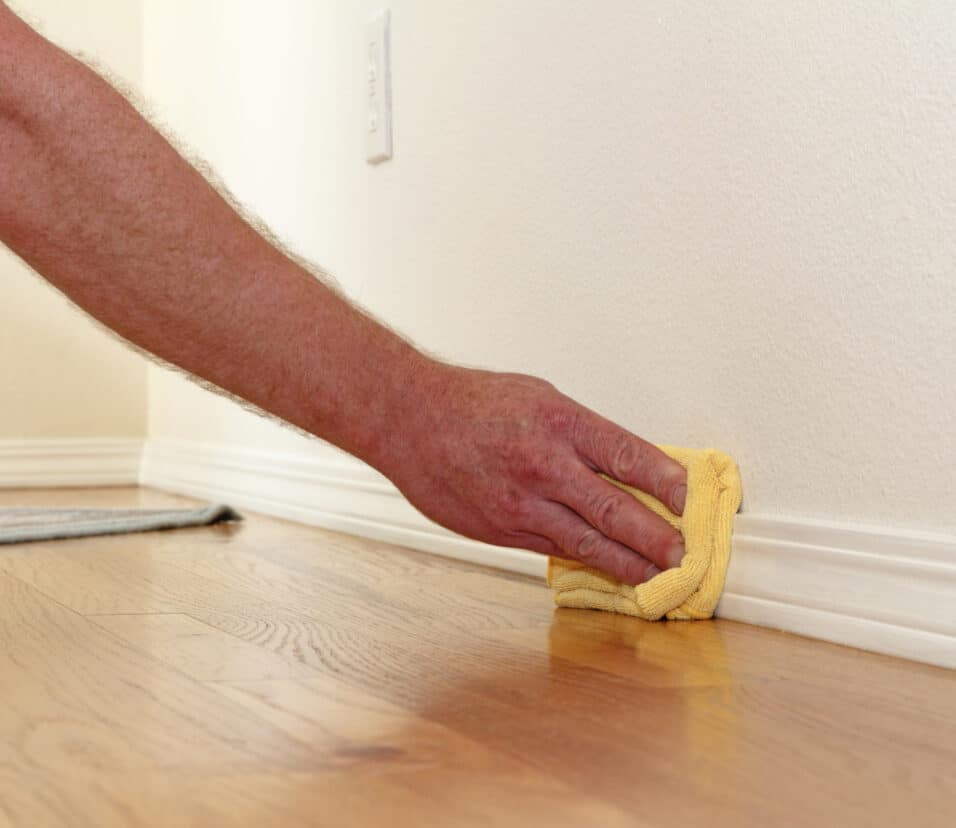How To Turn On Baseboard Heater Without Thermostat
Introduction
How To Turn On Baseboard Heater Without Thermostat: Baseboard heaters are a popular choice for heating individual rooms or small spaces. They are efficient, easy to install, and provide a consistent source of heat. However, one common issue that homeowners face is how to turn on a baseboard heater without a thermostat. One option is to use a plug-in thermostat. These devices are designed to be plugged into an electrical outlet and then connected to your electric baseboard heater. They allow you to set a desired temperature and will automatically turn the heater on and off to maintain that temperature. Plug-in thermostats are relatively inexpensive and can be found at most home improvement stores.
Another option is to use a timer. While not as precise as a thermostat, a timer can still be an effective way to control the temperature of your baseboard heater. Simply plug your heater into a timer and set it to turn on and off at specific times throughout the day. This can be especially useful if you want to heat a room only during certain hours, such as when you are at home.
If you don’t have a thermostat or a timer, you can manually control your baseboard heater. Most baseboard heaters have a built-in dial or switch that allows you to adjust the temperature. Simply turn the dial or switch to the desired setting to turn the heater on or off. Keep in mind that this method requires you to manually monitor and adjust the temperature, so it may not be as convenient as using a thermostat or timer.

Can you run a heater without a thermostat?
You can run a heater without a thermostat. A thermostat turns a heating system on or off based on the desired temperature. Sometimes running a heater without a thermostat is necessary or preferable.
If you need to heat a room briefly, you may wish to run a heater without a thermostat. If you simply need to heat a garage or workshop while you’re there, you can manually turn on and off the heater. You can manually control the heater, therefore a thermostat is unneeded.
If your heater has no thermostat or the thermostat is broken, you may run it without one. You can manually switch the heater on and off to maintain the appropriate temperature. However, without a thermostat, you must regularly check the temperature to avoid overheating or energy waste.
A thermostat-controlled heating system may be more energy-efficient than a heater without one. A thermostat lets you choose a temperature and the heating system turns on and off to maintain it. This can cut heating bills and energy use. Without a thermostat, the heater will run until manually switched off, wasting energy.
How do you turn on a baseboard heater?
Locate the thermostat
The first step in turning on a baseboard heater is to locate the thermostat. The thermostat is typically located on the wall near the baseboard heater or on the heater itself. It is a small device that allows you to control the temperature of the heater.
Set the desired temperature
Once you have located the thermostat, you can set the desired temperature. Most thermostats have a dial or buttons that allow you to adjust the temperature. Turn the dial or press the buttons to set the temperature to your desired level.
Turn on the heater
After setting the desired temperature, you can now turn on the baseboard heater. Look for a switch or button on the heater itself. This switch or button is usually labeled “”on”” or “”off.”” Flip the switch or press the button to turn on the heater.
Wait for the heater to warm up
Once you have turned on the baseboard heater, it may take a few minutes for it to warm up and start producing heat. Be patient and allow the heater to reach the desired temperature. You may hear a clicking or humming sound as the heater warms up.
Adjust the temperature as needed
Once the baseboard heater has warmed up, you can adjust the temperature as needed. If you find that the room is too warm, you can lower the temperature on the thermostat. If the room is too cold, you can raise the temperature. Experiment with different temperature settings to find the most comfortable level for you.
Can you use a baseboard heater without a thermostat?
Yes, baseboard heaters can be used without thermostats. However, utilizing a baseboard heater without a thermostat has drawbacks. This response will cover why someone could use a baseboard heater without a thermostat and its potential repercussions.
If someone prefers manual temperature control, they may utilize a baseboard heater without a thermostat. By not using a thermostat, they can regulate the baseboard heater’s heat output to their comfort level. This is useful when the temperature changes or if the person likes a precise temperature that a thermostat cannot provide.
But a baseboard heater without a thermostat might also be problematic. Without a thermostat, the baseboard heater will keep heating regardless of room temperature. Leaving the heater on for long periods might cause overheating and energy waste. Without a thermostat, the space may be too hot or chilly depending on weather and personal choice.
Note that some baseboard heaters have thermostats for more precise temperature control. The heater will automatically regulate its heat output to maintain a fixed temperature with these thermostats. This can be convenient for folks who desire baseboard heater benefits without manual temperature adjustments.
Are baseboard heaters safe?
Baseboard heaters are popular for heating homes and offices, but safety problems are common. Baseboard heater dangers and safety measures must be understood before using them.
In general, baseboard heaters are safe when used appropriately. They provide a consistent, controllable heat source and pose no fire or other concerns when properly installed. Like any heating appliance, they should be used safely with safeguards.
Overheating is a major issue with baseboard heaters. Covering a baseboard heater might cause it to overheat and catch fire. To avoid mishaps, keep furniture, drapes, and other combustible things away from the heater. Regular heater maintenance and cleaning can also minimize dust and particle buildup, which can cause overheating.
Another safety concern is electrical shock. Baseboard heaters can cause electrical shock if not properly installed or maintained. A professional electrician must install and ground the heater. Regular inspections and maintenance can detect electrical faults and avoid accidents.
Is baseboard heating only electric?
Baseboard heating is a popular choice for homeowners looking for an efficient and cost-effective way to heat their homes. However, there is a common misconception that baseboard heating is only electric. While electric baseboard heaters are indeed a popular option, there are other types of baseboard heating systems available as well
So, while electric baseboard heating is a popular choice, it is not the only option available. Homeowners have the flexibility to choose the type of baseboard heating system that best suits their needs and preferences, whether it be electric, hydronic, or radiant. Each type of system has its own advantages and considerations, so it is important to carefully evaluate the options before making a decision.
When it comes to turning on a baseboard heater without using a thermostat, there are a few alternative methods you can consider. One option is to use a timer switch, which allows you to set specific times for the heater to turn on and off. This can be useful if you want to have the heater automatically activate during certain periods of the day.
Another alternative method is to use a manual on/off switch. This can be as simple as plugging the heater into a power outlet and manually turning it on and off as needed. However, it’s important to note that this method requires constant monitoring and may not be as convenient as using a thermostat.
Are there any manual controls or switches that can be used to activate a baseboard heater without a thermostat?
Yes, there are manual controls and switches that can be used to activate a baseboard heater without a thermostat. One option is to use a manual line voltage thermostat, which allows you to manually adjust the temperature setting. These thermostats typically have a dial or lever that you can use to control the heat output of the baseboard heater. By manually adjusting the thermostat, you can turn the heater on or off as needed.
Can a baseboard heater be operated without a thermostat by adjusting the wiring or circuitry?
Yes, it is possible to operate a baseboard heater without a thermostat by adjusting the wiring or circuitry. However, it is important to note that this method may not be recommended or safe, as it can lead to potential hazards such as overheating or electrical damage.
One alternative method to adjust the wiring or circuitry of a baseboard heater is by installing a line voltage thermostat. This type of thermostat directly controls the power supply to the heater, allowing you to manually adjust the temperature. By connecting the line voltage thermostat to the heater’s wiring, you can regulate the heat output without the need for a traditional thermostat.
Another option is to install a manual switch or control knob directly on the baseboard heater. This allows you to manually turn the heater on or off, as well as adjust the heat output. However, it is important to ensure that the switch or control knob is compatible with the specific model of baseboard heater you have, and to follow the manufacturer’s instructions for installation and operation.
Are there any external devices or accessories that can be used to control a baseboard heater without a thermostat?
One such device is a line voltage thermostat. This type of thermostat is specifically designed to control baseboard heaters and can be installed directly on the wall. It allows you to manually adjust the temperature and turn the heater on or off as needed. Line voltage thermostats are easy to install and provide a convenient way to control your baseboard heater without the need for a built-in thermostat.
Another option is to use a plug-in thermostat. This device plugs into a standard electrical outlet and allows you to control the temperature of your baseboard heater. It typically comes with a temperature sensor that can be placed near the heater to accurately measure the room temperature. The plug-in thermostat then adjusts the power supply to the heater based on the desired temperature setting. This provides a simple and cost-effective way to control your baseboard heater without the need for any wiring or circuitry modifications.
Is it possible to bypass the thermostat and directly connect the baseboard heater to a power source for activation?
You can bypass the thermostat and power the baseboard heater directly. However, bypassing the thermostat is risky and should be done carefully.
Use a switch to connect the baseboard heater directly to power to bypass the thermostat. You can manually turn the heater on and off by installing this switch in the power source-heating circuit. To power the heater, the switch must be rated for the right voltage and amperage.
Another option is a plug-in thermostat. You can plug the baseboard heater into the thermostat and this gadget into a power outlet. Once adjusted, the thermostat will automatically switch the heater on and off to maintain the appropriate temperature. This makes heater control easy without a thermostat.

Conclusion
There are several ways to turn on a baseboard heater without a thermostat. One option is to manually adjust the temperature control knob on the heater itself. This allows you to set the desired temperature directly on the unit, bypassing the need for a thermostat. Another option is to use a plug-in thermostat, which can be connected to the baseboard heater and used to control the temperature. This is a convenient solution if you don’t have a built-in thermostat or if you want more precise temperature control.
Additionally, you can also consider using a smart thermostat or a programmable thermostat. These devices can be connected to your baseboard heater and controlled remotely through a smartphone app or programmed to turn on and off at specific times. This allows you to easily adjust the temperature and schedule heating cycles according to your preferences, even without a built-in thermostat.
It’s important to note that while these methods can help you turn on a baseboard heater without a thermostat, it’s always recommended to have a thermostat installed for optimal temperature control and energy efficiency. A thermostat allows you to maintain a consistent temperature and prevent overheating, which can be both uncomfortable and potentially dangerous. Additionally, a thermostat can help you save energy by automatically adjusting the temperature based on your preferences and occupancy patterns.








